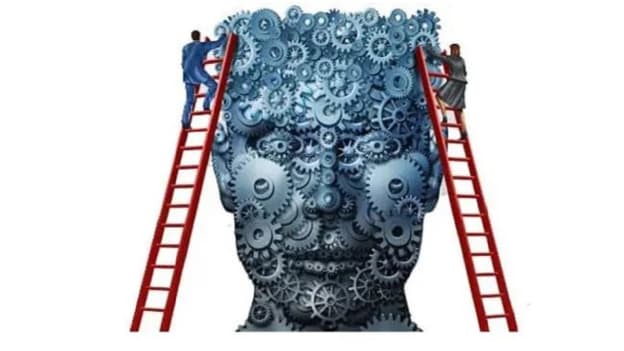Investing in talent for sustainable business growth

The HR landscape has changed significantly over the last few decades. Its scope has increased today with an ever-larger roster of talent development and management activities falling within their ambit.
The factors of change within the economy today—forces popularly being called ‘industry 4.0’—have altered the way businesses function, and thus altered the nature of work considerably. But some companies have been found to maintain exemplary performance during a time when markets have gotten bifurcated, complex, and in many cases more unpredictable. Such companies have been referred to as ‘High-Performance Companies’ and have better-aligned resources that are all channelized towards superior performance.
A key part that defines a high-performing organization is the focus given to talent management practices and investments in building future-ready practices across the length of the business’s operation. In addition to both practices being relevant for an evolving business ecosystem, high-performing companies are better able to leverage their intent of becoming agile, process-oriented, and have a knowledge-driven workforce in cases where talent management practices are prioritized. Companies that pay close attention to how performance can be pushed up across all its facets depend heavily on having the right people running its processes. Such an intent needs to reflect across the entire talent management process to actively attract, train, and retain the people with the right skills.
Scaling talent management practices
Investments in building the companies capabilities to hire and retain high performing employees have grown significantly in recent times. This has been both due to the presence of a larger market for HR services—which has been majorly driven by advancements in digital tech—and the need to have the right people in charge of critical processes.
In the wake of rapid digitalization—that many companies are undertaking today as a result of improved performance—organizational structures too have undergone significant changes. With digital technologies increasing the efficiency of several processes, companies have evolved their internal structures and decision making frameworks to better leverage the opportunities that such digitalization provides. This has been seen in the willingness within companies to move away from legacy practices, systems, and behaviors and towards more future-ready practices.
All such shifts today have reignited the need for having the right people in the company to ensure that performance doesn’t fall owing to transitions. In addition to adopting a ‘digital’ way of working more and more companies are experimenting with how teams are made and deployed and how skilled professionals be better recognized and rewarded. End-to-end employee management has also become more robust as focus on having the right people rises. This means better ways to hire, train, and retain talent have become a must for companies that are focusing on superior performance.
Even business agility—the framework that dictates fast decision making and adapting to market changes by following future-looking business practices—has become a key consideration among companies to ensure digital effectiveness. So much so that the term ‘business agility’ now stands to become another overused term within the business lexicon. But not without its merit. Adopted from the IT sector which was one of the first to follow ‘agile’ principles, more and more companies are following such principles. Making businesses agile today means undertaking organizational redesigning which reflects itself in changes in how fast effective decisions can be made and how team structures can be improved, and filled with the right talent, to ensure they can work on their own, maybe even from different geographical locations, and contribute to the company’s growth. Bringing all this together is no easy task. And it critically hinges on having the right people in the company who define its performance.
Investments in HR tech
The question of upgrading talent management practices and investing in the right digital tech to bring in the right people is an important conversation that need to happen within companies that want to stay ahead of the curve. Established rules of engagement are fast-changing and the business ecosystem is becoming more complex. Organizational change, for high-performance companies, is a necessary part of companies' envisage productivity. In a recent Deloitte report, only 14 percent of executives believe that the traditional organizational model—with hierarchical job levels based on expertise in a specific area—makes their organization highly effective. This shows that companies that perform better than their competitors are busy building practices that enable them to address current needs while preparing for the future.
With the importance of talent skyrocketing in recent years, companies can’t fail to ignore the benefits of HR tech—which comprises of tech application across key areas like TA, learning, performance management, and overall employee engagement—to improve its employee management practices. It has to go hand in hand and at times even lead talent conversations. With ways to better source, train, engage employees, companies require judicial investments in HR tech.

















